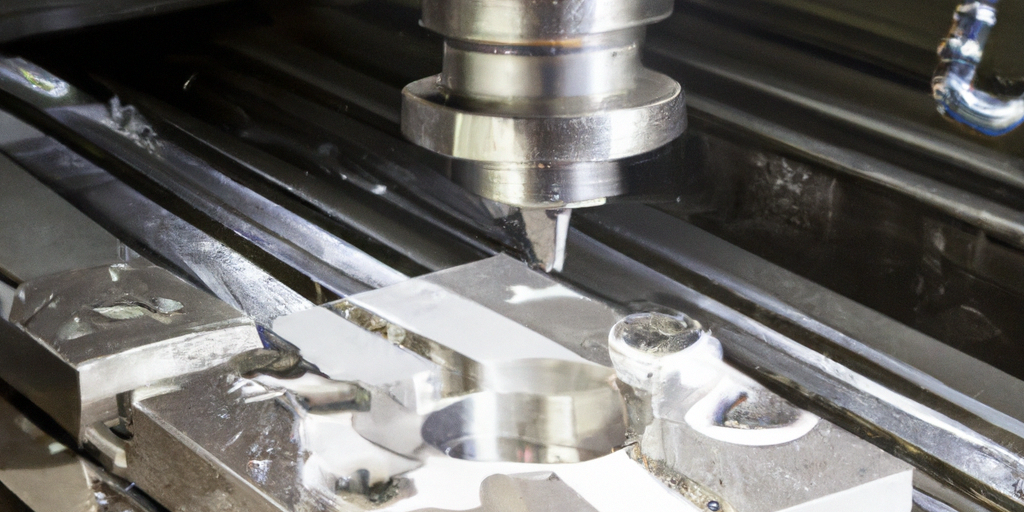CNC machining is a highly accurate and efficient manufacturing process that is used to produce a wide range of parts and components. However, the cost of CNC machining can be a significant factor in the overall cost of production. Fortunately, there are several ways to reduce CNC machining costs without compromising on quality or accuracy. In this article, we will discuss some of the key strategies for reducing CNC machining costs.
• Optimize Design for CNC Machining
One of the most effective ways to reduce CNC machining costs is to optimize the design of the part or component for the machining process. This involves taking into account the capabilities and limitations of the CNC machine, and designing the part in a way that minimizes the amount of material that needs to be removed. For example, features such as fillets, chamfers, and radii can be used to reduce sharp corners and edges, which can be time-consuming and expensive to machine. Similarly, designing the part with a uniform wall thickness can help to reduce material waste and machining time.
• Minimize Material Waste
Material waste is a major contributor to the cost of CNC machining. By minimizing the amount of material that needs to be removed, you can reduce the cost of machining and also the cost of materials. This can be achieved through design optimization, as discussed above, as well as through careful selection of the material. Choosing a material with the appropriate properties for the intended application can help to reduce the amount of material that needs to be machined away, and can also improve the performance and durability of the final product.
• Use the Right Tooling
Choosing the right tooling is critical to achieving optimal results with CNC machining. Using the wrong tooling can result in poor surface finish, excessive wear on the tool, and longer machining times, all of which can increase costs. By selecting the appropriate tooling for the specific material and application, you can improve the quality of the machining process and reduce the overall cost.
• Optimize Machining Parameters
The parameters used for CNC machining, such as cutting speed, feed rate, and depth of cut, can have a significant impact on the cost and quality of the machining process. By optimizing these parameters for the specific material and application, you can improve the efficiency and accuracy of the machining process, reducing the time and cost required to produce the part or component.
• Use Advanced Machining Techniques
Advanced machining techniques, such as high-speed machining and five-axis machining, can improve the efficiency and accuracy of the machining process, reducing the time and cost required to produce the part or component. These techniques are particularly useful for complex parts and components that require multiple setups, as they can help to reduce the number of setups required and improve the accuracy and repeatability of the machining process.
• Consider Outsourcing
Outsourcing CNC machining to a third-party provider can be an effective way to reduce costs, particularly for small to medium-sized companies that do not have the resources or expertise to maintain an in-house machining operation. Outsourcing can provide access to advanced machining technology and expertise, as well as economies of scale that can help to reduce the cost per part.
• Continuous Improvement
Continuous improvement is essential for reducing CNC machining costs over time. By regularly reviewing the machining process, identifying areas for improvement, and implementing changes to optimize performance and efficiency, you can achieve ongoing cost savings and improve the quality and consistency of the final product.
In conclusion, reducing CNC machining costs requires a holistic approach that takes into account the design of the part or component, the selection of materials and tooling, the optimization of machining parameters, the use of advanced machining techniques, and the ongoing pursuit of continuous improvement. By following these strategies, you can achieve significant cost savings while maintaining the quality and accuracy of the machining process.



